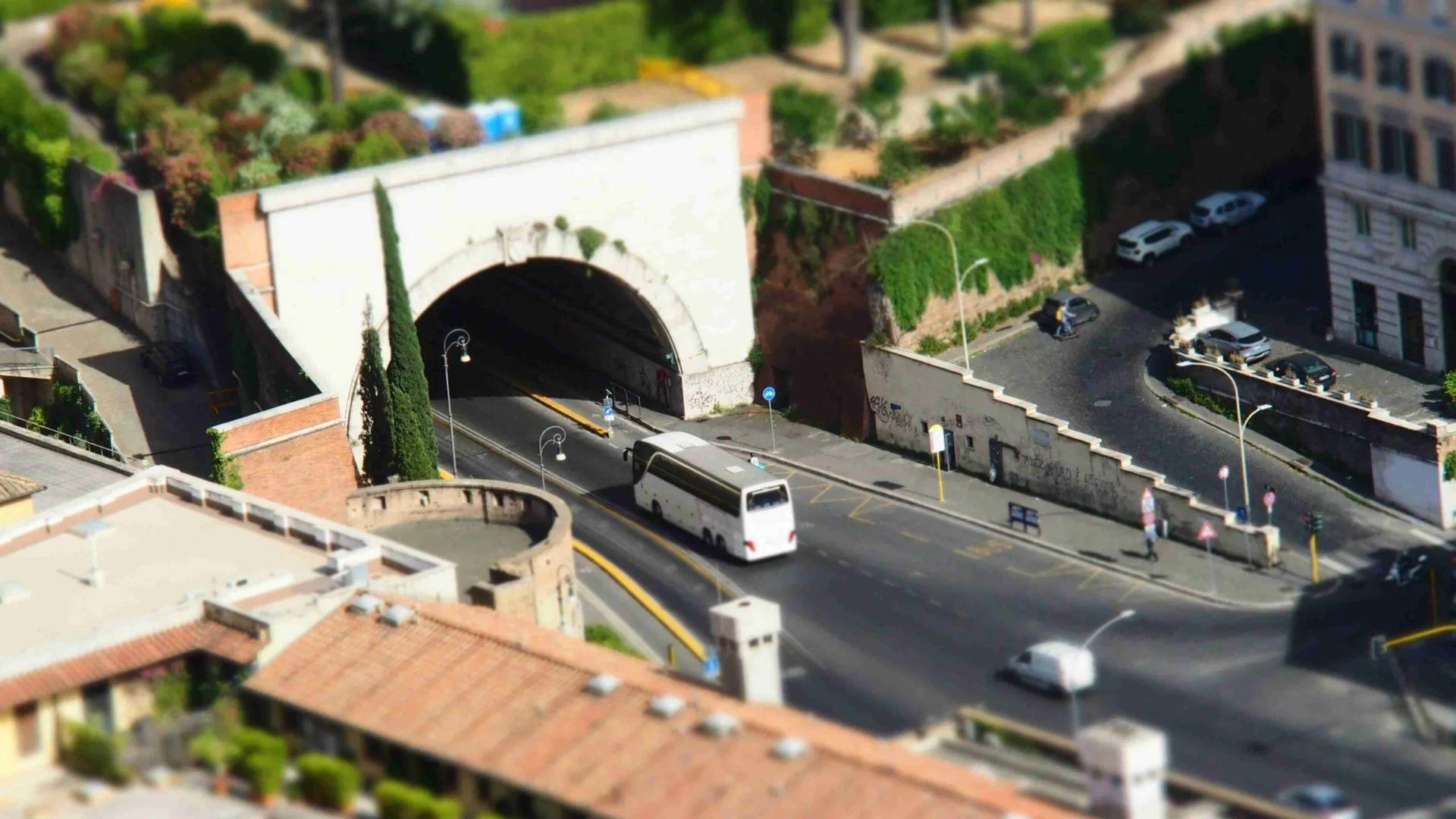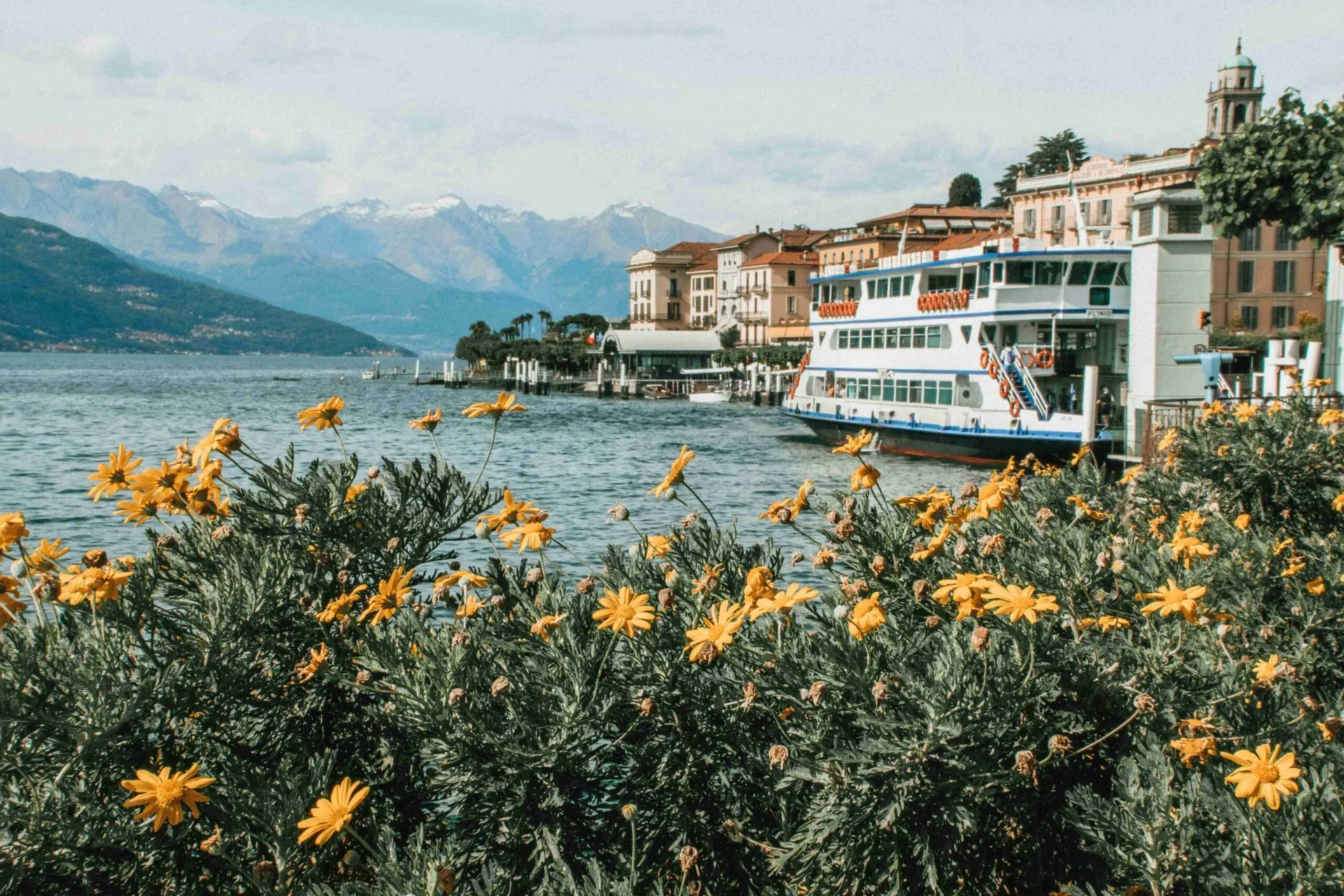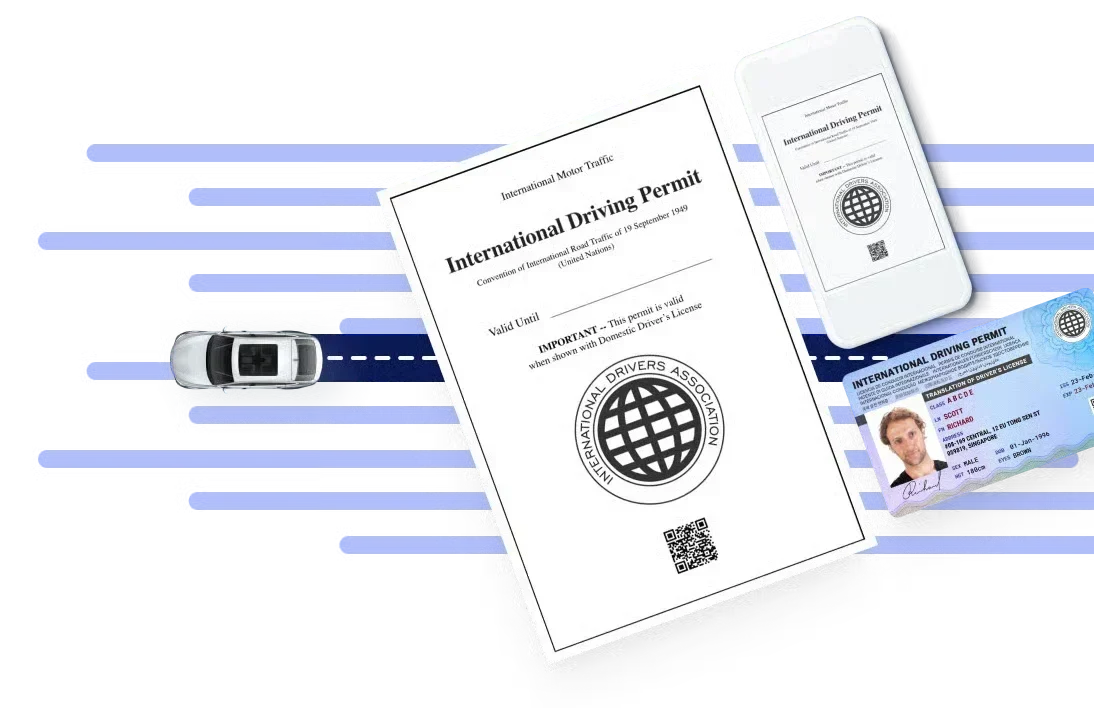Italy boasts a well-developed public transportation system, making it easy to explore the country’s charming cities, stunning countryside, and beautiful coastline. This guide provides a comprehensive overview of Italy’s public transportation options, including trains, buses, metros, and ferries, to help you navigate your trip smoothly.
Trains
Italy’s national railway company, Trenitalia, operates an extensive network of trains connecting major cities and smaller towns. Here are the main train lines in Italy:
- Venice – Padua – Bologna – Florence – Rome – Naples – Salerno
- Turin – Milan – Bologna – Florence – Rome – Naples – Salerno
- Milan – Brescia – Verona – Vicenza – Padua – Venice
There are different train types to suit your needs and budget:
High-Speed Trains (Intercity)
Italy’s high-speed rail network, known as the Alta Velocità (AV), is a game-changer for intercity travel. Operated by Trenitalia and Italo, these trains offer a comfortable and efficient way to explore the country’s various regions.
- Frecciarossa: The fastest and most luxurious option, Frecciarossa trains connect major cities like Rome, Milan, Florence, Naples, and Turin. They reach speeds of up to 300 km/h, offering frequent departures and a seamless travel experience.
- Frecciargento: Serving secondary routes, Frecciargento trains connect cities like Venice, Verona, Bologna, and Bari. They provide a balance of speed and comfort, with modern amenities and spacious seating.
- Frecciabianca: Slightly slower than Frecciarossa and Frecciargento, Frecciabianca trains connect major cities with coastal destinations and regional hubs. They offer efficient intercity travel with fewer stops.
All high-speed trains offer spacious and comfortable seating options, power outlets, adjustable headrests, and complimentary Wi-Fi. Passengers can also enjoy onboard entertainment options like movies, music, and news channels.
To plan your high-speed rail journey in Italy, use these convenient online platforms:
- Trenitalia: As the official website of Italy’s national railway company, Trenitalia offers a comprehensive range of booking options. Search for schedules, select your preferred seats, and take advantage of special promotions and discounts for advance bookings.
- Italo: This private high-speed rail operator is known for its modern trains and premium services. Book your tickets on the Italo website and explore options like flexible fares, seat selection, and their loyalty program for frequent travelers.
By using these platforms, you can easily plan and book your high-speed rail journey in Italy, ensuring a comfortable and efficient travel experience.
Regional Trains
Regional trains offer a leisurely and scenic way to explore Italy’s smaller towns and cities. These trains connect different regions, allowing travelers to immerse themselves in the charm and beauty of the Italian countryside.
To plan your regional train journey, you can go to the national railway operator, Trenitalia, or other convenient online platforms, like Trenord. This company specializes in regional train services in Lombardy and Emilia-Romagna.
Ticket Prices
Trains offer a convenient and efficient way to travel throughout Italy. Tickets start at €9.90 ($10.98) when purchased online, and various rail passes are available for frequent travelers. While the national railway network covers most major cities, some smaller towns may require regional trains or buses.
That being said, if you are choosing the high-speed trains, you may pay a higher fee. That’s because these trains have a more premium service compared to the regular ones. Prices may cost you around €40-90 ($44-99), depending on the service type you’ll get.
For comprehensive information on train travel in Italy, visit seat61.com.
Buses
While Italy’s train network is extensive, intercity buses offer a valuable alternative, especially for areas not easily accessible by rail. Buses provide flexibility and accessibility, making them a popular choice for exploring lesser-known destinations and remote areas.

Source: Photo by Hynek Janáč on Unsplash
Here are the major types of buses in Italy:
City Buses
Italy’s cities, particularly in the north, boast well-developed bus networks. These services are frequent and cover a wide range of routes. Each city has its own dedicated bus company, such as ATB in Bergamo and ATM in Milan. This means that there can be variations in operations and services from city to city.
Regional Buses
Italy’s 20 regions are further divided into provinces, each with its own network of regional buses. These buses connect smaller towns and cities within the province and region, covering longer distances than city buses. With fewer stops, regional buses offer a more direct route to your destination.
The two major operators of regional buses are Arriva Italia (operating in multiple regions, including Tuscany, Umbria, and Lazio) and Busitalia (serving regions like Tuscany, Umbria, and Marche). While trains might be the preferred choice for many tourists, regional buses can be invaluable for exploring hidden gems and off-the-beaten-path areas that trains may not reach.
Third-Party Buses
Unlike city and regional buses, Italy doesn’t have a national bus service. To travel between regions, you’ll need to use third-party bus companies.
Popular third-party bus operators in Italy include Flixbus, Itabus, and companies that specialize in airport transfers, such as Terravision.
Flixbus is particularly known for its affordable fares, making it an attractive option for budget travelers. However, bus travel can be time-consuming compared to trains and less flexible than renting a car.
If you have time and a limited budget, third-party buses can be a great way to explore Italy. Additionally, consider tour company buses for convenient day trips to popular destinations like Florence and Cinque Terre.
Travel Cards You Can Take
Here are the types of bus tickets you can take:
- One-Way Ticket (BIT): Valid for 100 minutes from first validation, allowing unlimited transfers between metro, buses, trams, and urban trains (except for returning to the metro after exiting). Price: €1.50 ($1.66)
- MetroBus 24 Hours: Unlimited public transport for 24 hours from validation. Price: €7 ($7.76)
- MetroBus 48 Hours: Unlimited public transport for 48 hours from first use. Price: €12.50 ($13.86)
- MetroBus 72 Hours: Unlimited public transport for 72 hours from first use. Price: €18 ($19.96)
- Weekly Pass (CIS): Ideal for week-long stays in Rome, offering unlimited public transport for 7 days. Price: €24 ($26.61)
For those staying in Rome for a longer duration, annual or monthly travel cards are available.
Ferries
Italy’s extensive coastline and numerous islands offer a wealth of opportunities for ferry travel. Ferries provide a convenient and scenic way to explore coastal destinations, island archipelagos, and even neighboring countries.

Source: Photo by Fallon Travels on Unsplash
Island Hopping
Italy’s islands offer a wealth of natural and cultural beauty. Ferries provide convenient access to these enchanting destinations, allowing you to explore the country’s stunning archipelagos.
Island destinations include:
- Sicily
- Sardinia
- Gulf of Naples
Ferries to popular islands operate year-round, with some companies even extending their seasons and adding more departures. These connections include:
- Naples-Capri
- Positano-Capri
- Pozzuoli-Ischia
- Naples-Ponza
- Terracina-Ventotene
- Sorrento-Procida
- Naples-Lipari
- Reggio Calabria-Messina
- Palermo-Naples
- Civitavecchia-Cagliari
- Piombino-Elba
- Porto Santo Stefano-Giglio
- Termoli-Tremiti Islands
Ferry journeys vary in duration, with some taking as little as 30 minutes while others may take several hours. By exploring Italy’s islands by ferry, you can discover hidden gems, experience vibrant cultures, and create unforgettable memories.
Coastal Destinations
Ferries also offer a convenient way to explore the Amalfi and Sorrento Coasts, avoiding traffic congestion. Multiple routes connect Naples, Salerno, Amalfi, Positano, Sorrento, and other coastal towns.
While some routes are seasonal, many operate year-round, providing flexibility for travelers. Ferry journeys between these destinations typically take less than two hours, making them a practical and enjoyable transportation option.
Ferries can also take you to neighboring countries like Greece, Croatia, and Malta.
Popular Ferry Companies
- Tirrenia: One of Italy’s largest ferry companies, offering a wide range of routes and services.
- GNV: Another major player in the Italian ferry market, with connections to various domestic and international destinations.
- Grimaldi Lines: Known for its modern and comfortable ferries, Grimaldi Lines operates routes to Sicily, Sardinia, and other destinations.
- Liberty Lines: A regional ferry company serving Sicily and the Aeolian Islands.
- Siremar: Offers ferry services between mainland Italy and the islands of Sicily and Sardinia.
- Caronte & Tourist: A ferry company operating primarily in southern Italy and Sicily.
Take a look at all the available ferry routes and choose where to start your journey!
Domestic Flights
For travelers covering long distances between major Italian cities, domestic flights offer a time-saving option compared to ground transportation. Italy’s extensive network of airports provides seamless connectivity, allowing you to easily explore the country’s cultural gems, historical landmarks, and natural wonders.
Here are popular airlines you can check:
- ITA Airways: As the successor to Alitalia, ITA Airways operates domestic flights within Italy. Visit their website to book tickets and explore their services.
- Ryanair and easyJet: These low-cost airlines also offer domestic flights in Italy. Compare their fares and options on their respective websites.
Several other airlines operate domestic flights. Consider using flight comparison platforms to find the best deals.
Renting a Car in Italy
For those seeking flexibility and independence, renting a car in Italy can be a great option. You can explore off-the-beaten-path destinations, enjoy scenic drives, and travel at your own pace.
Remember to obtain an international license or IDP online, book your car in advance, and familiarize yourself with local driving rules. With proper planning, renting a car in Italy can enhance your travel experience and allow you to discover hidden gems.
In Conclusion
Italy’s diverse transportation network offers a wealth of options for exploring the country’s stunning landscapes, vibrant cities, and charming towns. Whether you choose trains, buses, ferries, or domestic flights, you’ll find a convenient and enjoyable way to navigate Italy. By understanding the various modes of transportation and planning your journey accordingly, you can make the most of your Italian adventure and create unforgettable memories.
Frequently Asked Questions (FAQs)
Do I need to book train tickets in advance?
For high-speed trains and popular routes, it’s recommended to book in advance, especially during peak tourist seasons. This ensures you get a seat and often allows you to take advantage of early booking discounts. For regional trains, you can usually buy tickets on the day of travel.
How do I validate my train or bus ticket?
Most train and bus tickets need to be validated before use. Look for small green or yellow machines near the platform or bus stop. Insert your ticket and wait for it to be stamped with the date and time. Failure to validate can result in fines.
Are there any rail passes available for tourists?
Yes, Trenitalia offers various rail passes for tourists, such as the Eurail Italy Pass. These can be cost-effective if you plan to travel extensively by train. Research the options and compare them with point-to-point tickets to see which is more economical for your itinerary.
Can I use contactless payment or credit cards for public transportation?
In larger cities like Rome and Milan, contactless payment is becoming more common on buses and metros. However, it’s not universally available across Italy. It’s always good to have some cash or a prepaid transport card as a backup.
How reliable are the ferry schedules?
Ferry schedules are generally reliable, but can be affected by weather conditions, especially in winter. Always check the latest schedules before travel and be prepared for potential delays or cancellations during rough seas.
Are there any night trains in Italy?
Yes, Italy has a network of night trains (treni notte) connecting major cities. These can be a cost-effective way to travel long distances while saving on accommodation. Book in advance for the best prices and availability.
How do I get to smaller towns or rural areas not served by trains?
For destinations not accessible by train, look into regional bus services. Companies like SITA, COTRAL, and regional operators provide connections to smaller towns. In some cases, a combination of train and bus or renting a car might be necessary.
How do I handle strikes affecting public transportation?
Strikes (scioperi) occasionally affect public transportation in Italy and are usually announced in advance. During strikes, services are guaranteed during peak hours (usually 6-9 AM and 6-9 PM). Stay informed through local news or transport company websites and have a backup plan if traveling on strike days.







